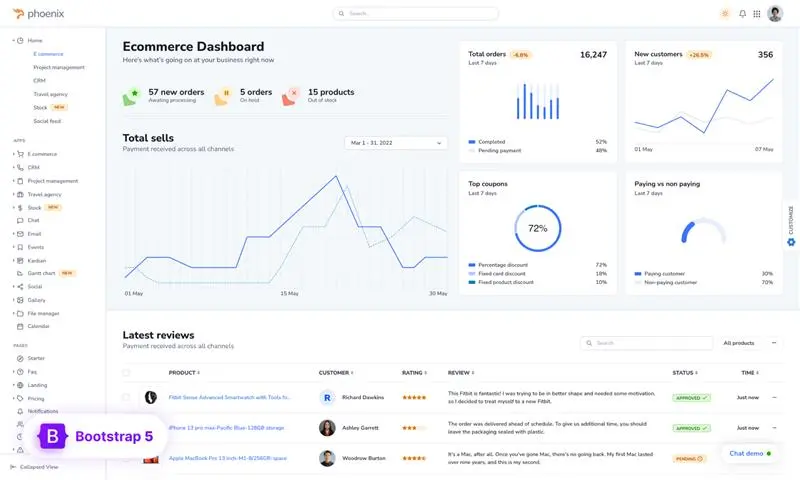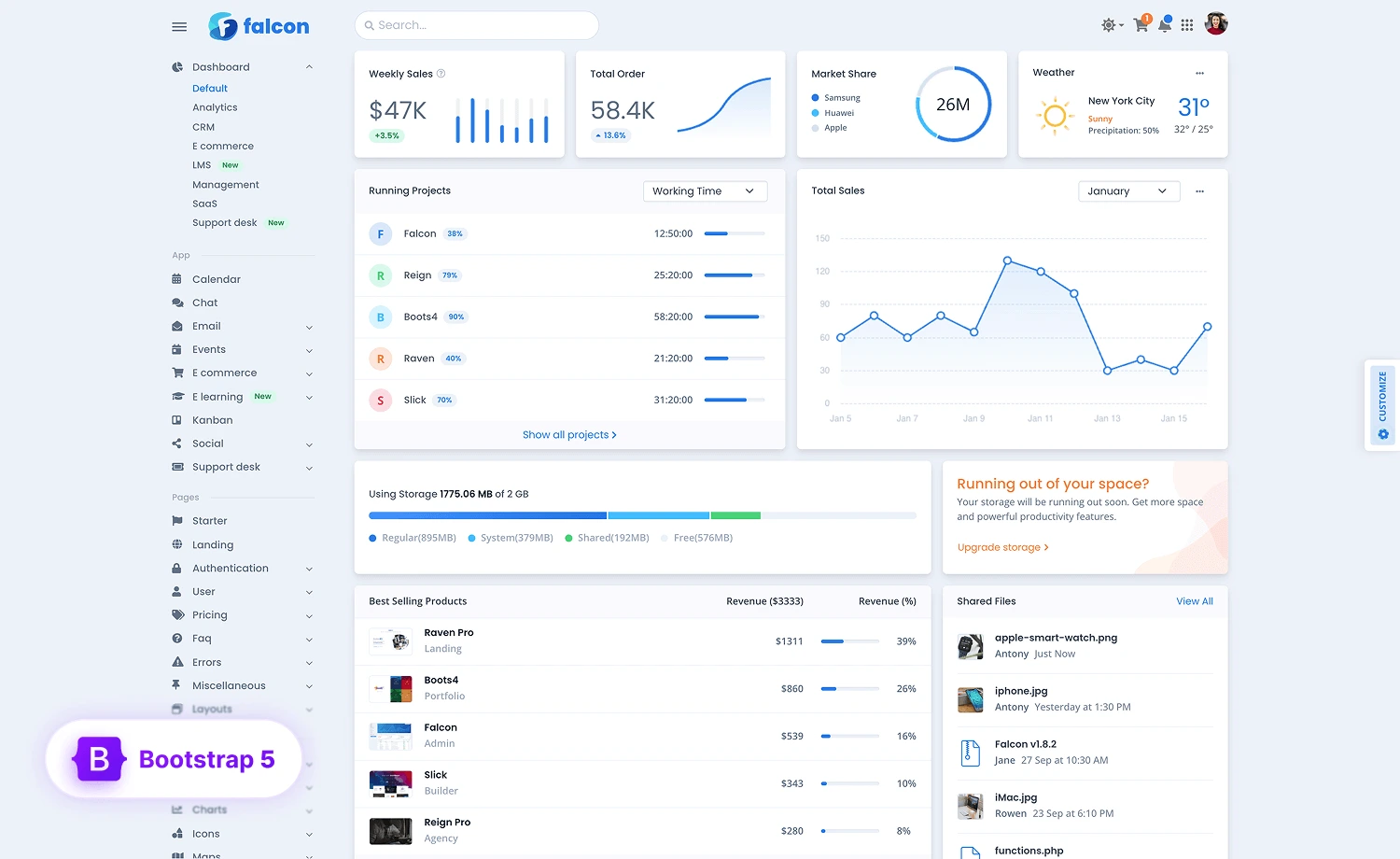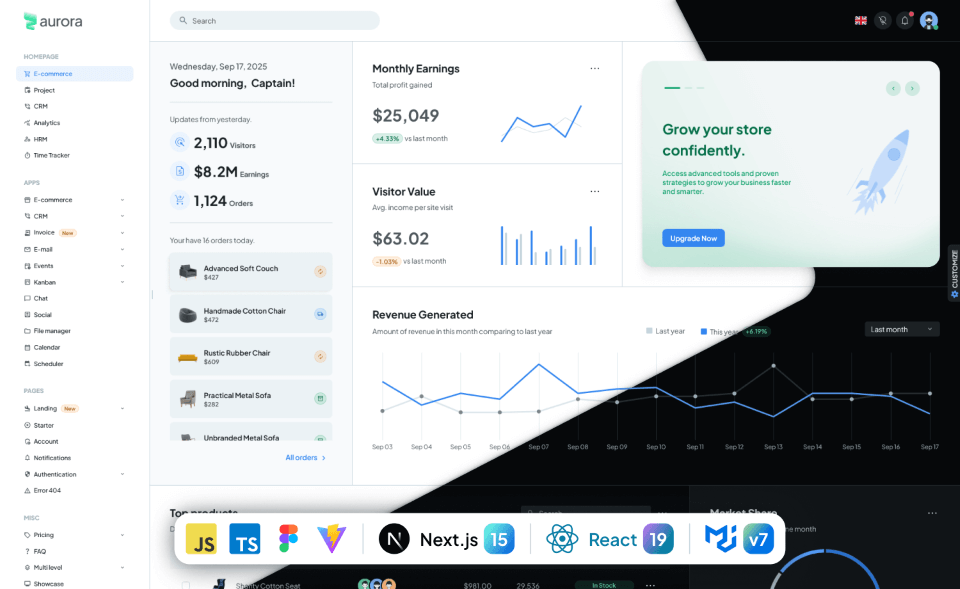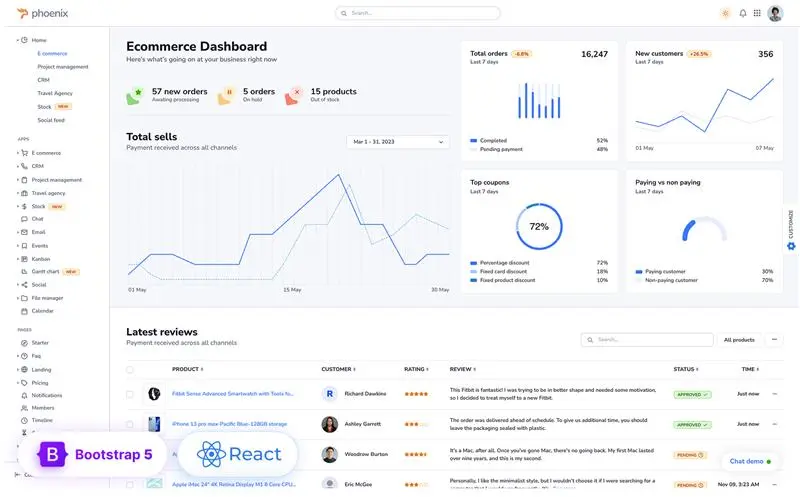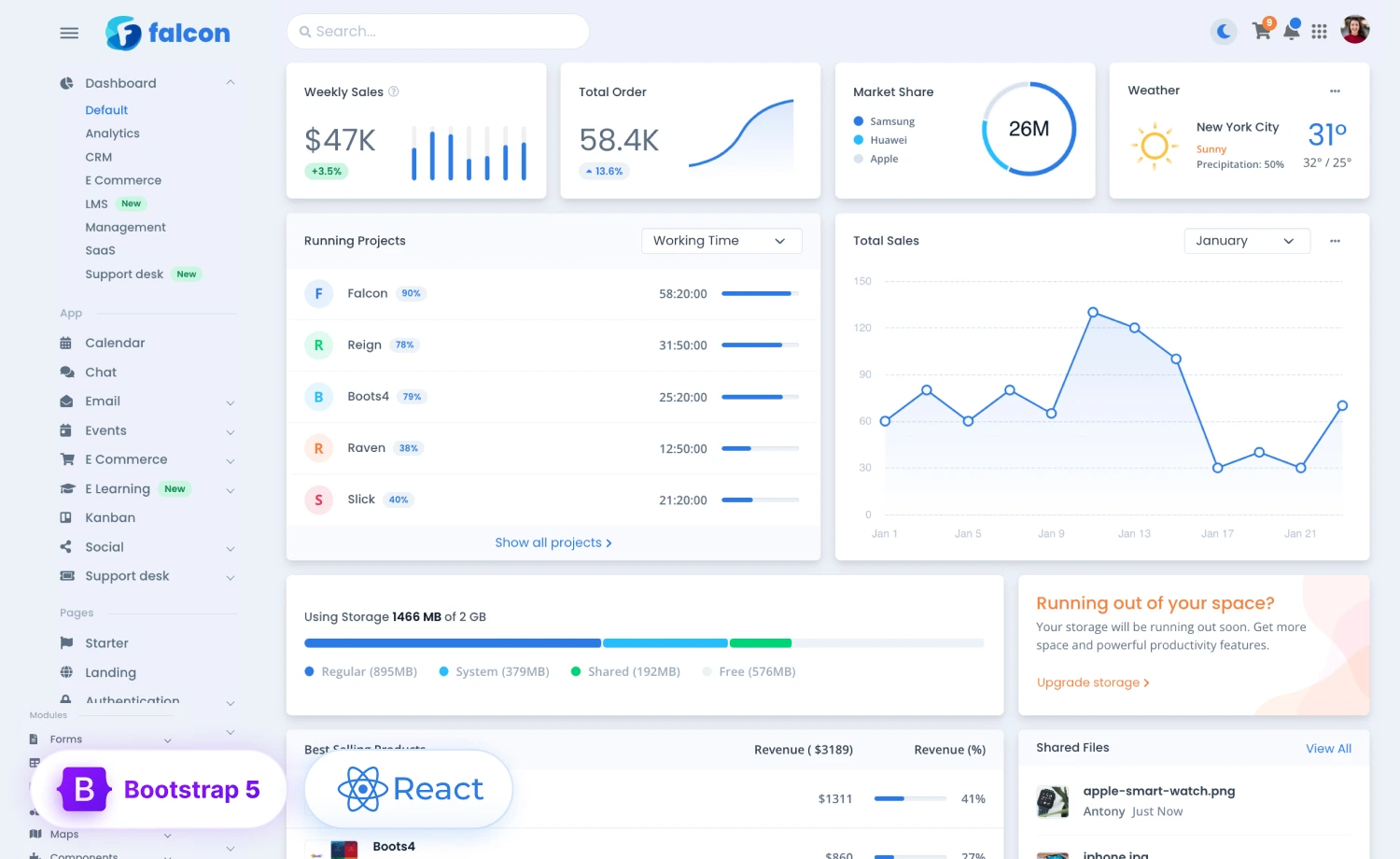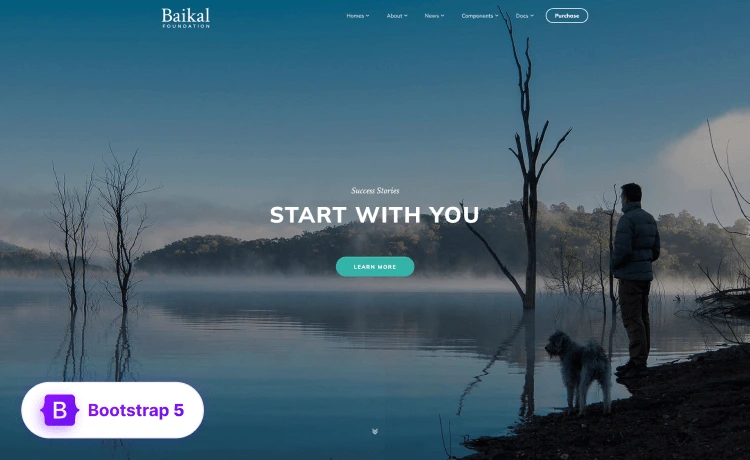A Distributed Denial of Service (DDoS) Attack is a malicious attempt to disrupt the functioning of a targeted server, service, or network by overwhelming it with internet traffic. This is achieved by using various compromised computer systems as sources of traffic. These compromised systems are often infected with Malware, allowing the attackers to control them remotely. There are severe consequences of DDoS attacks, including service disruption, reputational damage, a loss of revenue for companies, and recovery costs from the attack.
However, these risks can be mitigated by implementing the most effective strategies to protect your websites from DDoS Attacks. In this jam-packed guide, we will cover everything in detail, from how DDoS Attacks work to why you must protect your website from them and which websites are the most at risk. We will also explore some real-life cases of DDoS Attacks and the most effective strategies to protect your websites. So, if this piques your curiosity, then let’s begin.
What Are DDoS Attacks & How Do They Work?
A DDoS attack disrupts a server’s operations by overloading it with unwanted internet traffic. At their worst, these attacks can knock down entire websites and networks for an extended period. DDoS attacks direct malicious traffic to a target through multiple computers or machines.
The attackers infect and gain control of a vast number of devices, which creates a botnet. The attacker then instructs the botnet to send a large amount of traffic to the target. The target then gets flooded with excessive requests, which makes it challenging for legitimate users to access the services. There are different types of DDoS attacks, which include:
1) Volume-Based Attacks
These attacks focus on saturating the bandwidth of the target website. They include different methods, such as ICMP floods and UDP floods. The magnitude is measured in bits per second (bps).
2) Protocol Attacks
Protocol attacks consume many server resources and other resources like load balancers and firewalls. Some examples include SYN floods and fragmented packet attacks. Their impact is measured in packets per second (pps).
3) Application Layer Attacks
Application-layer attacks aim to crash the web server by exhausting resources like the application or database. They include HTTP floods and allow attacks like Slowloris. The effect is measured in requests per second (rps).
Why Must You Safeguard Your Website From DDoS Attacks?
There are many important reasons why you must protect your website from DDoS attacks, with some of the most important reasons to protect your website includes:
1) Maintaining Availability
DDoS attacks can make your websites and online services unavailable to legitimate users by overwhelming them with unwanted traffic. This creates significant downtime, preventing customers and users from accessing your website or services.
2) Preventing Financial Loss
For e-commerce sites and online businesses, downtime can lead to lost sales and revenue. Even short periods of unavailability can have a substantial financial impact, particularly during peak business hours and promotional events.
3) Customer Satisfaction
Users want easy and uninterrupted access to various online services. If your website experiences frequent downtime or slowdowns because of DDoS attacks, customer satisfaction can decline, potentially losing customers and negative reviews.
4) Data Integrity and Security
The primary goal of DDoS attacks is to disrupt services; however, they can also be diversionary tactics to conceal other malicious activities, such as data breaches. This ensures that robust DDoS protection can help offer protection against broader security threats.
5) Protecting Brand Reputation
Frequent or prolonged unavailability of your website can cause damage to your brand’s reputation. Customers expect seamless and uninterrupted access to online services. If your website is constantly experiencing downtime, it leads to a loss of trust among your customers and negative reviews.
6) Legal and Compliance Issues
Maintaining the availability and security of online services is often a legal requirement for companies in regulated industries. Failure to protect against DDoS attacks can lead to non-compliance with the industry’s regulations, resulting in fines and legal repercussions.
Which Websites Are Most At Risk of DDoS Attacks?
The truth is that almost every type of website is at risk of DDoS attacks; however, some websites are more prone than others. Websites in specific sectors, including the financial, telecom, and gaming industries, are more vulnerable to DDoS attacks. A report by Gcore found that the Gaming sector has been hit with 30% of DDoS attacks, the Financial sector at 28.4%, and the Telecom industry at 24.7%.
It is important to note that DDoS attacks are an issue on a global scale and that the location of your company, servers, or consumer base doesn’t alter the chance you’ll be targeted. That’s why you must protect your websites from DDoS attacks no matter what. The upcoming section will detail the most effective strategies to protect your websites and online services from DDoS attacks.
What Are Some Examples of DDoS Attacks?
DDoS attacks are an issue all across the globe and can occur quite frequently. A majority of them can go unreported, but here are some widespread DDoS attacks recently that made headlines:
- According to the Swiss National Cybersecurity Center, in January 2024, when the World Economic Forum met in Switzerland, many Federal Administration websites suffered a DDoS attack.
- In November 2023, Synapxe, a public healthcare IT service provider, reported that many public healthcare institutions in Singapore were hit by a DDoS attack that lasted about seven hours.
- In May 2023, several Polish news websites were hit with a coordinated DDoS attack that the government’s digitization minister ascribed to pro-Russian hacking groups.
- In February 2023, seven websites that belonged to German airports experienced a large-scale DDoS attack.
The Most Effective Strategies To Prevent DDoS Attacks
Now that we’re aware of the dangers of DDoS attacks and the necessity of protecting your websites and online services from them, we can begin exploring some of the most effective preventative measures to protect your websites from DDoS attacks, and these include:
1) Use A VPN
A VPN (Virtual Private Network) encrypts your internet traffic and masks your IP address, ensuring that your ISP, malicious actors, advertisers, and other third parties aren’t able to intercept your sensitive and confidential information. VPNs come packed with excellent security features like a kill switch, smart mode, DNS leak protection, robust encryption protocols like StealthVPN and Wireguard, and adequate protection against DDoS attacks and Man In The Middle attacks.
2) Attack Surface Reduction
Limiting attack service exposure can help reduce the effect of a DDoS attack. Several methods can reduce this exposure, including restricting traffic to specific locations, implementing a load balancer, and blocking communication from unused or outdated ports, applications, and protocols.
3) Rate Limiting
Rate limiting restricts the volume of network traffic over a specific period and prevents web servers from being overwhelmed by requests from particular IP addresses. It can also prevent DDoS attacks that use botnets to spam endpoints with an unusual number of requests at a time.
4) Deploy Firewalls For Sophisticated Application Attacks
It would be best to use a Web Application Firewall (WAF) against attacks, like SQL injection and cross-site request forgery, that attempt to exploit a vulnerability in the application itself. Also, because of the unique nature of these attacks, you can easily create customized mitigations against illegitimate requests, which can have characteristics like disguising as good traffic or coming from bad IPs.
5) Caching
CDN (Content Delivery Networks) distributes your website’s content across multiple servers globally. This helps absorb and mitigate traffic spikes caused by DDoS attacks by balancing the load across various locations. A cache stores the copies of requested content so that origin servers service fewer requests. Using a CDN to cache resources reduces the strain on the organization’s servers and can make it more challenging for them to become overloaded by legitimate and malicious requests.
6) Analyzing The Attack Type
After the initial threats have been reduced, it’s essential to investigate the attack thoroughly. This means determining the exact type of DDoS attack that you’ve experienced. DDoS attacks can differ from volumetric attacks that overwhelm the network with traffic to application-layer attacks that target specific aspects of your services. Some common types to look out for include DNS floods and teardrop attacks.
Understanding the nature of the attack is crucial to comprehend the attacker’s methods and prepare your preventative measures against future threats. This analysis will offer useful insights into the vulnerabilities that can be exploited and help protect the network’s defenses.
Conclusion
Although DDoS attacks can cause significant damage and be scary, having a well-structured and thoroughly prepared response plan can help reduce the impact of their damage. By following the above steps, you can safeguard your digital assets and data from future DDoS attacks and cyber threats, ensuring the continuous operation and protection of your websites and online services. By frequently reviewing and updating all the security measures at your disposal, you can avoid the potentially harmful effects of cyber attacks.

